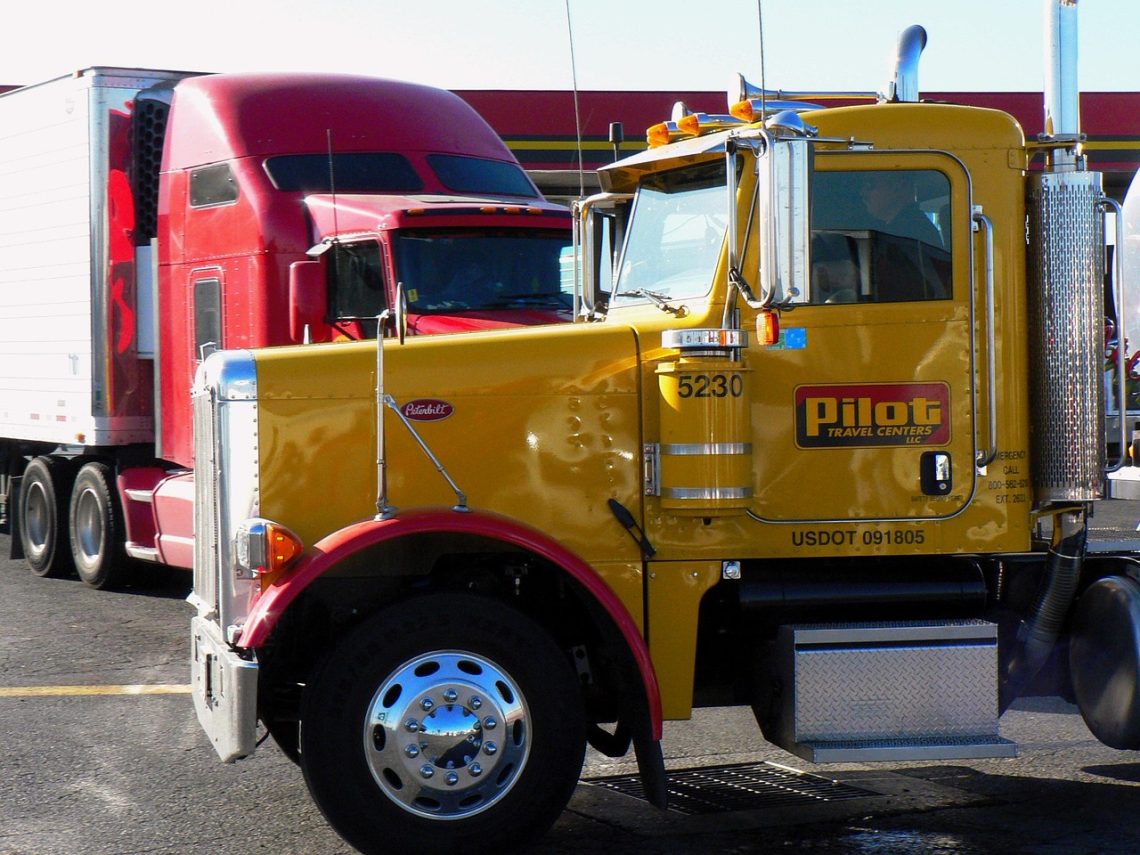Driving heavy goods vehicles requires specific qualifications that differ significantly from standard car licences. Understanding which HGV licence category matches your career goals can save time and money while opening doors to various transport industry opportunities.
This guide breaks down the different HGV licence types, their requirements, and how to obtain them. Whether you’re planning to drive delivery trucks or articulated lorries, choosing the right category from the start will streamline your path into commercial driving.
Understanding HGV Licences
HGV licences authorise drivers to operate commercial vehicles above 3.5 tonnes. The Driver and Vehicle Standards Agency (DVSA) issues these qualifications after candidates complete theory tests, practical driving assessments, and medical examinations.
These licences differ from standard car driving permits because heavy vehicles present additional safety considerations. Stopping distances increase dramatically with weight, while manoeuvring requires enhanced spatial awareness. Professional drivers must also comply with working time regulations and tachograph requirements.
Types of HGV Licences
Category C1
C1 licences permit driving vehicles between 3.5 and 7.5 tonnes. These smaller commercial vehicles include box trucks, ambulances, and recovery vehicles. Many drivers choose C1 as their entry point into commercial driving because the training period is shorter and costs less than higher categories.
Category C
Category C covers rigid vehicles exceeding 7.5 tonnes without weight limits. This includes refuse trucks, concrete mixers, and large delivery lorries. C licence holders can also tow trailers up to 750kg, making this category versatile for various transport roles.
Category C+E
The C+E licence represents the highest qualification level, allowing drivers to operate articulated vehicles and truck-trailer combinations. This category opens access to long-distance haulage, container transport, and other high-paying driving positions. Most logistics companies prefer C+E qualified drivers for their flexibility.
Requirements for Obtaining a Licence
All HGV licence applications require candidates to be at least 18 years old, though some categories have higher minimum ages for certain operations. Applicants must hold a full UK car driving licence without recent serious convictions.
Medical examinations form a crucial part of the application process. Doctors assess vision, hearing, cardiovascular health, and neurological function to confirm fitness for commercial driving. These medical certificates remain valid for five years until age 65, then require annual renewal.
Driver Certificate of Professional Competence (CPC) qualification is mandatory for all professional HGV drivers. Initial Driver CPC involves completing 35 hours of approved training covering topics like safe loading, fuel efficiency, and customer service. This training can often be combined with practical driving instruction.
Training and Tests
HGV training typically begins with theory preparation covering traffic laws, hazard awareness, and vehicle-specific knowledge. The multiple-choice theory test requires 85 correct answers from 100 questions, while the hazard perception section needs scores of 67 or higher.
Practical training duration varies by licence category and individual progress. C1 training usually requires 15-20 hours, while C+E preparation may need 40+ hours depending on prior experience. Training covers vehicle checks, reversing exercises, and on-road driving in various conditions.
The practical test includes a vehicle safety demonstration, reversing exercise, and independent driving assessment. Examiners evaluate clutch control, gear selection, positioning, and hazard response throughout the 90-minute examination. Pass rates improve significantly with adequate preparation time.
Choose Your Path Forward
Selecting the appropriate HGV licence depends on your career objectives and the vehicle types you plan to operate. Consider starting with C1 for local delivery work, or progress directly to C+E for maximum employment opportunities.
Research approved training providers in your area and compare course structures, pass rates, and pricing. Many providers offer intensive courses for faster qualification, while others provide flexible scheduling for part-time students.
Begin your application process early, as medical appointments and test availability can extend timelines. With proper preparation and the right licence category, you’ll be well-positioned for a successful commercial driving career.




